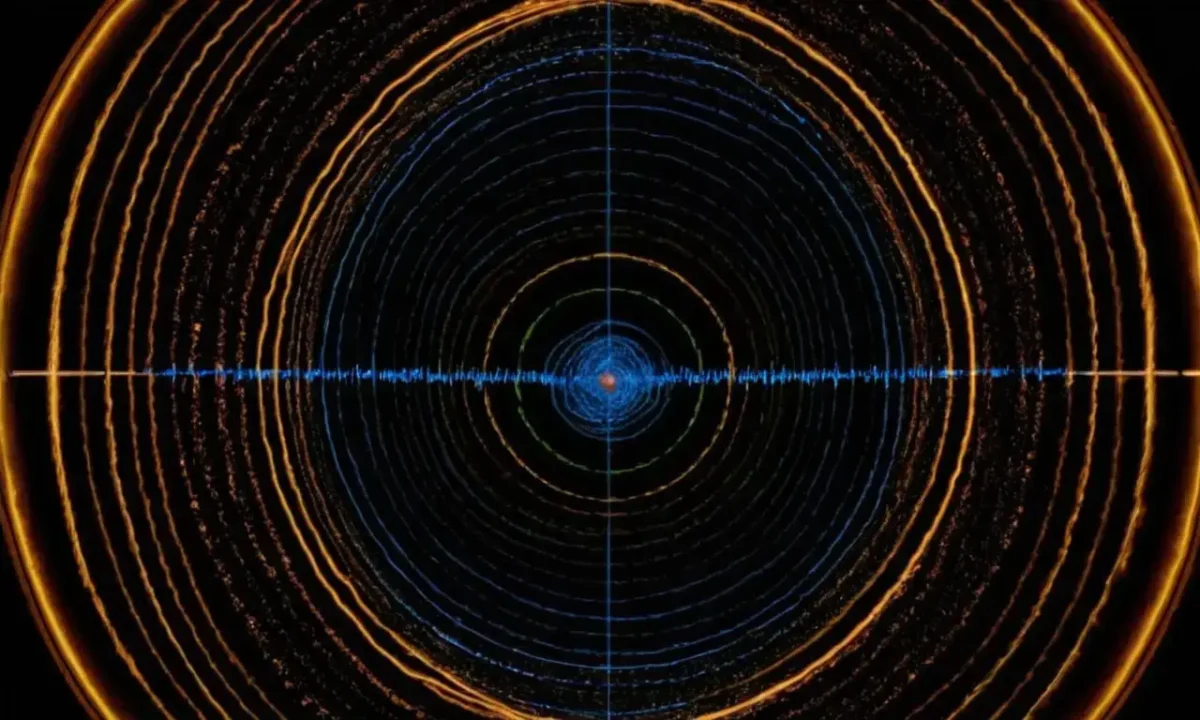
Earth's Magnetic Poles: Swapping Locations Over Time

The Earth's magnetic field, a crucial component of our planet's environment, plays a vital role in protecting life from harmful solar radiation. This invisible force acts as a shield, deflecting charged particles from the sun and creating a habitable zone for life to thrive. However, this protective barrier is not static; it undergoes periodic shifts in its location known as magnetic pole reversals. These events have occurred numerous times throughout Earth's history, leaving scientists intrigued by their impact on our planet. This article delves into the fascinating world of magnetic poles, exploring their history, mechanisms, evidence, and potential future implications for life on Earth.
The objective of this article is to provide a comprehensive overview of shift in north pole and its associated phenomena. We will delve into the scientific understanding of how these shifts occur, explore historical records, examine the impact on climate change theories, and discuss ongoing research efforts aimed at predicting future events. By examining the intricate relationship between Earth's magnetic field and our planet's environment, we aim to shed light on this fascinating aspect of our world.
Earth's Magnetic Field and Its Importance
The Earth possesses a unique magnetic field generated by the movement of molten iron in its outer core. This dynamic process creates electric currents that generate a magnetic field extending from the planet's surface into space. The magnetic field acts as a protective shield, deflecting harmful solar radiation like cosmic rays and preventing them from reaching the Earth's atmosphere. Without this magnetic field, life on Earth would be severely compromised.
The magnetic poles are the geographic locations where the magnetic field lines converge. These poles are not fixed points but rather areas of high magnetic activity that shift over time. The North Magnetic Pole is located near Ellesmere Island in Canada, while the South Magnetic Pole lies near Antarctica. This dynamic system ensures a continuous flow of energy within Earth's magnetosphere, protecting life from harmful solar radiation and influencing various natural phenomena like auroras.
Understanding the importance of this magnetic field is crucial for comprehending its impact on our planet's environment. The magnetic field plays a vital role in navigation systems, satellite communication, and even shielding astronauts during space travel. Its disruption can have significant consequences for technology and daily life as we know it.
History of Magnetic Pole Reversals
Earth's magnetic field has undergone numerous reversals throughout its history, with the most recent one occurring around 780,000 years ago. These pole movements are not random events but rather a natural phenomenon that occurs over long periods. Scientists have documented these shifts through various geological and archaeological evidence, including rock formations on the ocean floor and ancient magnetic minerals found in rocks.
Deep-sea sediment cores provide valuable insights into past pole reversals. By analyzing the magnetic properties of these sediments, scientists can reconstruct the Earth's magnetic field history over millions of years. These records reveal that pole movements have occurred approximately 400 times since the planet formed, with each reversal lasting thousands to hundreds of thousands of years.
The study of pole reversals helps us understand the dynamic nature of our planet and its interaction with the solar system. It also sheds light on the long-term evolution of Earth's magnetic field and its potential impact on future generations.
Mechanisms Behind Pole Shifts
While the exact mechanisms behind shift in north pole are still under investigation, scientists have developed several theories to explain this phenomenon. One prominent theory suggests that convection currents within the Earth's outer core play a crucial role. These currents generate electric fields that interact with the planet's magnetic field lines, leading to instability and eventual reversals.
Another theory proposes that pole movements are triggered by changes in the Earth's rotation rate. As the planet spins, its magnetic field experiences variations that can lead to pole shifts over time. However, the exact relationship between these factors remains an active area of research.
Understanding the underlying mechanisms behind pole reversals is crucial for predicting future events and mitigating potential impacts on technology and life on Earth. Ongoing research efforts are focused on developing more accurate models and simulations to better understand this complex phenomenon.
Evidence from Deep Ocean Sediment

Deep-sea sediment cores provide a unique window into Earth's past magnetic field. These cores, collected from the ocean floor, contain layers of sediment deposited over millions of years. By analyzing the magnetic properties of these sediments, scientists can reconstruct the Earth's magnetic field history and identify periods of pole reversals.
One method used to study pole movements is paleomagnetism. This technique involves extracting magnetic minerals from rocks and analyzing their orientation relative to the Earth's magnetic field at the time of formation. By comparing the orientations of these minerals with known historical events, scientists can reconstruct past magnetic fields and identify periods of pole reversals.
Deep-sea sediment cores have been instrumental in confirming the existence of pole movements throughout Earth's history. These cores provide a wealth of information about past magnetic field variations, allowing scientists to understand how our planet's magnetic field has evolved over millions of years.
Impact on Climate Change Theories
The potential impact of a weakening magnetic field on climate change is a topic of ongoing debate among scientists. Some researchers believe that a weakened magnetic field could disrupt the Earth's natural climate regulation mechanisms, potentially leading to significant changes in global temperatures and weather patterns. However, there is currently no scientific consensus on this issue.
While some studies have suggested a link between pole movements and climate change, others have found no evidence to support these claims. The lack of conclusive evidence has led many scientists to believe that the impact of a weakening magnetic field on climate change is likely minimal.
Further research is needed to fully understand the potential consequences of shift in north pole. However, it's important to note that the Earth's magnetic field is not solely responsible for regulating our planet's climate. Other factors like greenhouse gas emissions and solar activity also play significant roles in shaping global temperatures.
Potential Consequences for Technology
The Earth's magnetic field plays a crucial role in various technological applications, including navigation systems, satellite communication, and even medical imaging equipment. However, a weakening magnetic field could potentially disrupt these technologies in the future.
For instance, GPS systems rely on the Earth's magnetic field to accurately determine their location. A weakened magnetic field could lead to inaccuracies in these systems, potentially impacting navigation accuracy and safety. Similarly, satellite communication relies on the Earth's magnetic field for signal transmission. A weakening magnetic field could disrupt this process, leading to potential communication outages.
Furthermore, medical imaging techniques like MRI rely on the Earth's magnetic field for proper operation. A weakened magnetic field could affect the quality of these images, potentially impacting diagnosis and treatment decisions. Therefore, understanding the potential consequences of a weakening magnetic field is crucial for ensuring the continued functionality of various technologies that rely on this natural phenomenon.
Scientific Research and Ongoing Studies
Scientists worldwide are actively researching the mechanisms behind shift in north pole. Several research groups are studying the Earth's magnetic field using advanced techniques like magnetometers, satellite observations, and computer simulations. These efforts aim to improve our understanding of pole reversals and their potential impact on various aspects of life on Earth.
One ongoing study involves analyzing deep-sea sediment cores collected from different locations around the globe. By comparing these cores with historical records, scientists can gain a better understanding of how pole movements have occurred throughout Earth's history. This research helps to refine existing models and develop more accurate predictions for future pole reversals.
Another area of active research focuses on the role of convection currents in the Earth's outer core. Scientists are investigating how these currents interact with the planet's magnetic field, potentially leading to instability that triggers pole movements. These studies provide valuable insights into the dynamic nature of our planet and its interaction with the solar system.
Conclusion
The study of shift in north pole is a fascinating area of research that continues to reveal new information about Earth's history and future. Understanding how this phenomenon occurs can help us better understand the long-term evolution of our planet and its impact on life on Earth. As we continue to explore these mysteries, we will gain valuable insights into the dynamic nature of our planet and its place in the vast universe.
Leave a Reply





Related Links